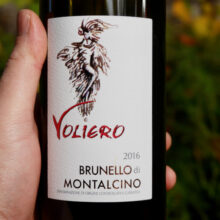
Product information
Voliero Brunello di Montalcino 2016
$135
Description
Many who have tasted both the Uccelliera and Voliero Brunello over a number of years remark that they prefer the Uccelliera in the cooler years, and the Voliero in the bolder years. 2016 has somehow managed to make the choice a little harder.
Give this just a little time to acclimatise to the world outside the bottle and you’ll be great with welcoming arms. Voliero’s 2016 Brunello has wonderful shape, plush tannins with a cleansing dusty edge about them, harmony, and a level of sophistication that sees it playing nicely a little closer to Burgundian than the structured wines from Montalcino. Savoury and spiced over juice red fruits with a splash of blood orange, the acid keeps it fresh at just the right level. As it opens it relaxes, the edges fall away quickly and it looks incredibly comfortable in its own skin. A wonderful wine, and for mine punching well above it’s weight.
In stock
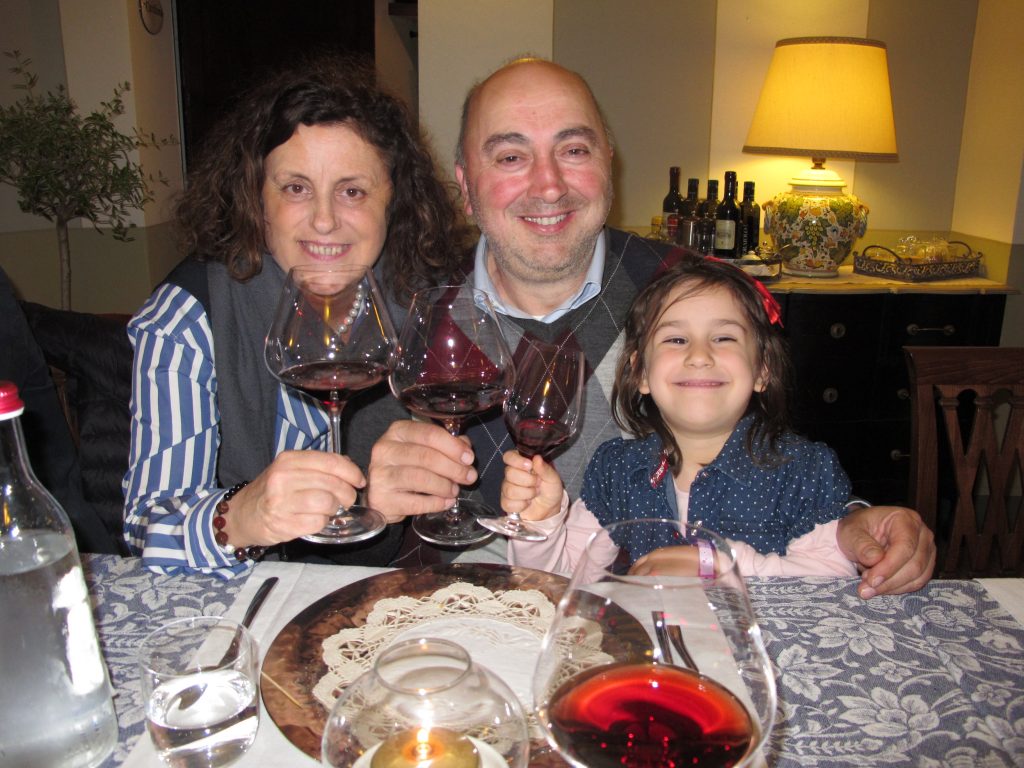
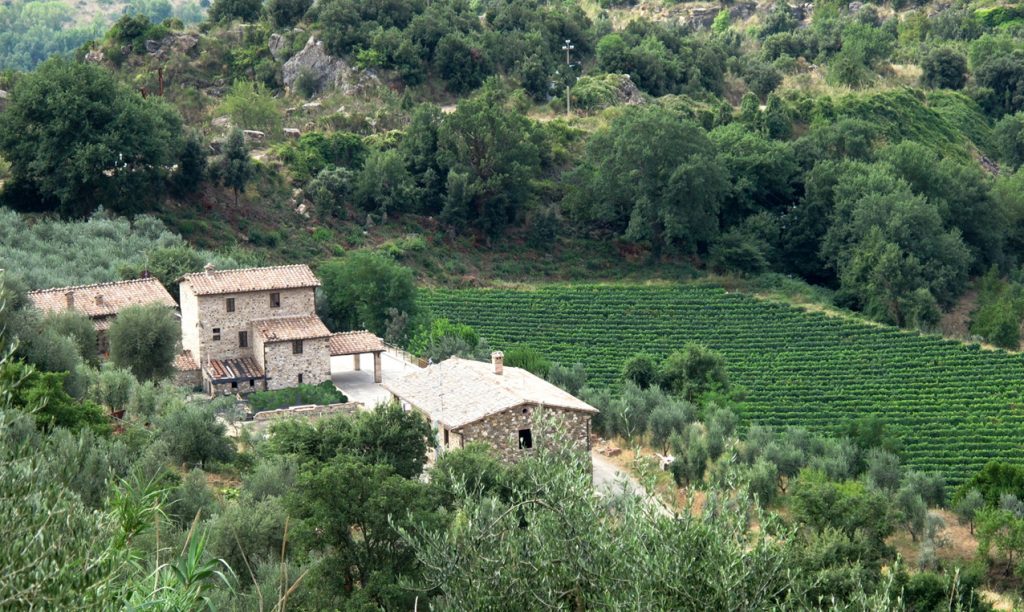
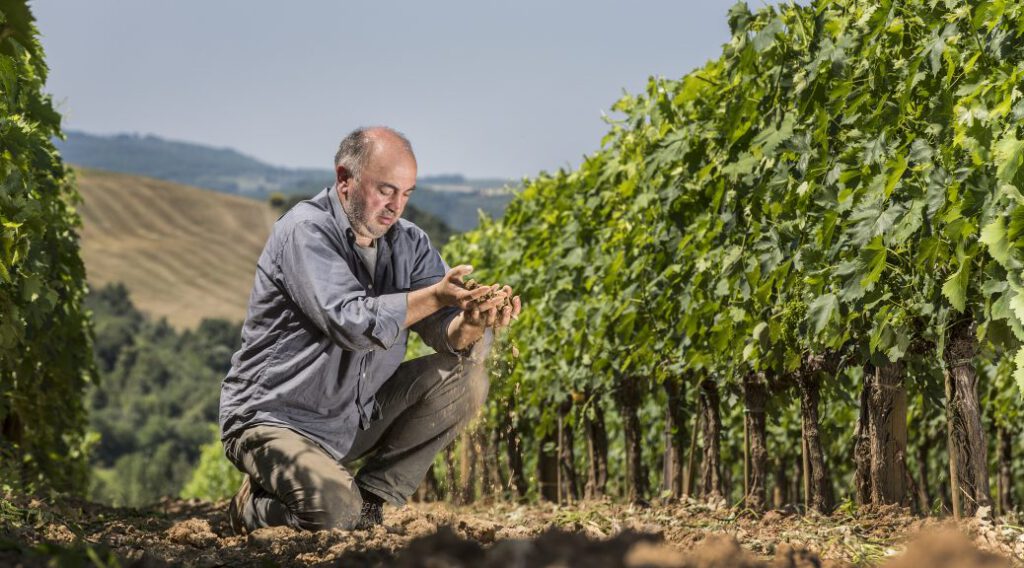
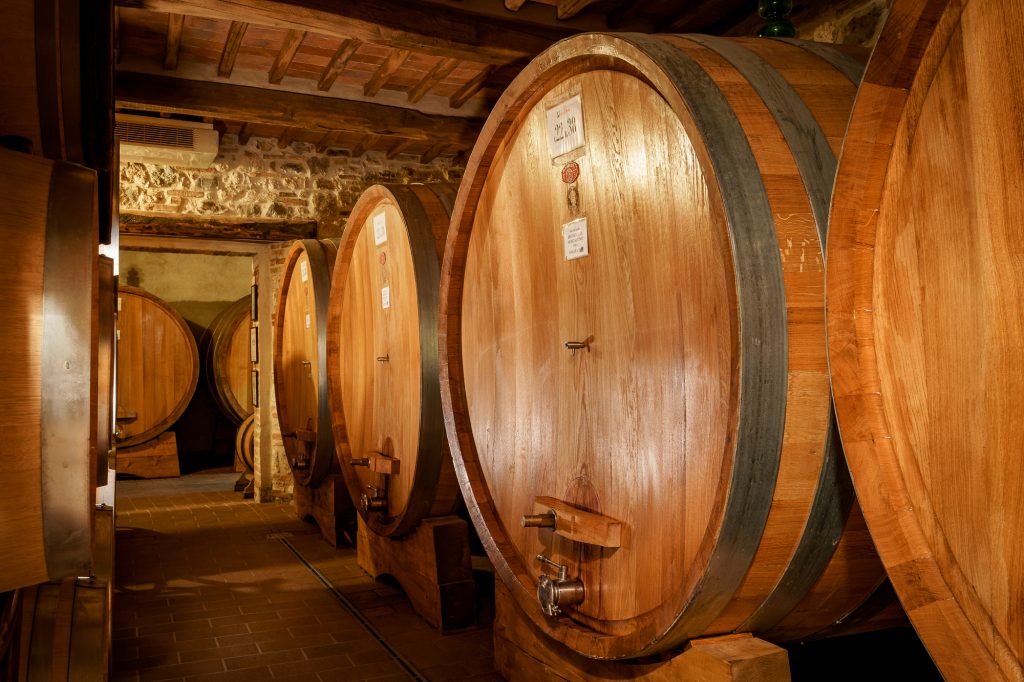
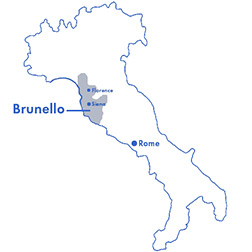
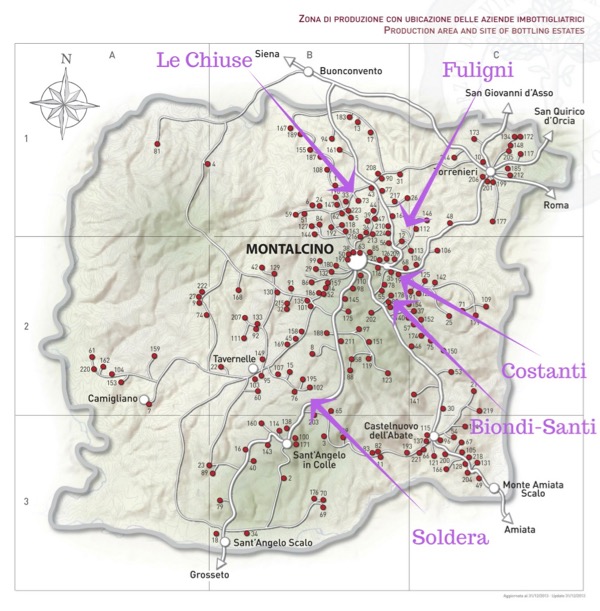
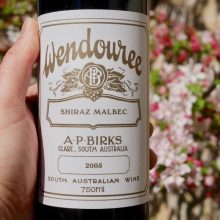
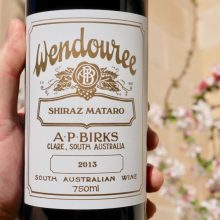
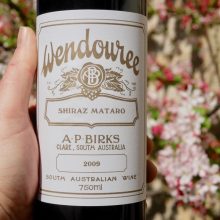
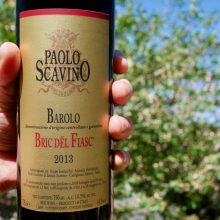
You must be logged in to post a comment.